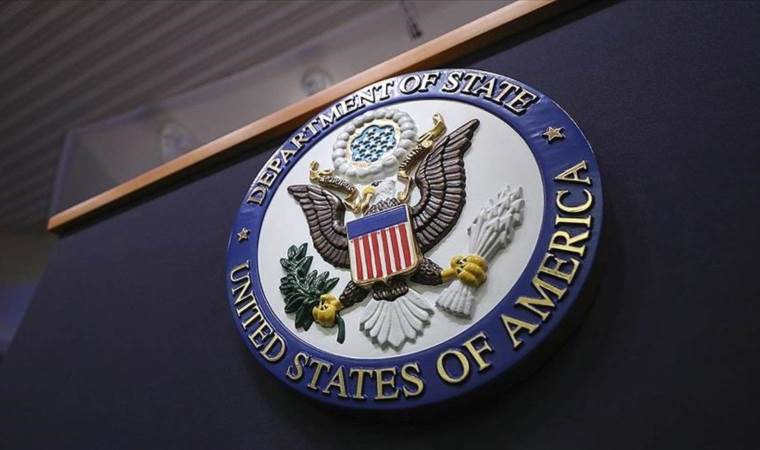US military spaceplane poised for 7th launch, first atop SpaceX Falcon Heavy
The U.S. military's secretive X-37B robot spaceplane was poised for liftoff from Florida on Monday on its seventh mission to orbit, the vehicle's first launch atop a SpaceX Falcon Heavy rocket capable of lofting it higher than ever before.

The Falcon Heavy, composed of three reusable rocket cores strapped together, was due for blast-off from NASA's Kennedy Space Center at Cape Canaveral during a 10-minute nighttime launch window starting at 8:14 p.m. EST (0114 GMT Tuesday), weather permitting.
Initial plans to launch the spacecraft late on Sunday were scrubbed due to weather. Improved forecasts called for a 70% chance of favorable conditions on Monday night, according to U.S. Space Systems Command.
The Defense Department has disclosed few details about the mission, conducted by the U.S. Air Force and Space Force as part of the National Security Space Launch program.
The Boeing-built X-37B, roughly the size of a small bus and resembling a miniature space shuttle craft, is built to deploy various payloads and conduct technology experiments in long-duration orbital flights.
It has flown six previous missions since 2010, the first five of them carried to orbit by Atlas V rockets from United Launch Alliance, a joint venture of Boeing and Lockheed Martin, and most recently, in May 2020, atop a Falcon 9 booster furnished by Elon Musk's SpaceX.
With each successive flight, the X-37B has spent longer in space, its last mission lasting well over two years before its return landing in November 2022. In the past it has always flown in low-Earth orbit, at altitudes below 1,200 miles (2,000 km).
The latest mission was set to be launched for the first time aboard SpaceX's more powerful Falcon Heavy rocket, capable of carrying payloads much heavier than the X-37B far higher, possibly into geosynchronous orbit, more than 22,000 miles (35,000 km) above the Earth.
The Pentagon has not disclosed what altitude it intends to place the spaceplane, also known as the Orbital Test Vehicle, with Monday's launch.
But in a press statement last month, the Air Force Rapid Capabilities Office said the latest mission would involve tests of "new orbital regimes, experimenting with future space domain awareness technologies."
The X-37B also was carrying a NASA experiment to examine how plant seeds are affected by long-term exposure to the harsh environment of radiation in space.
The military has not said how long the spaceplane's latest mission would last, though it presumably will remain in orbit until June 2026 or later if it follows its prevailing trend of successively longer flights.
Space Force General B. Chance Saltzman, now chief of space operations, suggested in 2020 that the X-37B may be nearing its final mission, according to the authoritative aerospace journal Air & Space Forces magazine.
Saltzman was quoted by the monthly magazine as saying at that time that the spacecraft might exemplify "technology that has served its purpose and (maybe) it's time to start looking at the next available capability."
The X-37B flight would mark the ninth launch of SpaceX's Falcon Heavy and the third time it was used by U.S. government to carry a national security payload to orbit.
Most Read News
-
 Pope Francis dies at 88 after prolonged illness: Vatican
Pope Francis dies at 88 after prolonged illness: Vatican
-
 Kremlin ‘satisfied’ with US position ruling out NATO mem
Kremlin ‘satisfied’ with US position ruling out NATO mem
-
 Russia, Ukraine report airstrikes as Putin’s Easter ceas
Russia, Ukraine report airstrikes as Putin’s Easter ceas
-
 Trump ‘values’ talks with Japan, says Premier Ishiba ami
Trump ‘values’ talks with Japan, says Premier Ishiba ami
-
 US scales back development, diplomatic presence in Afric
US scales back development, diplomatic presence in Afric
-
 Israel bans Palestinian minister from occupied West Bank
Israel bans Palestinian minister from occupied West Bank
-
 At least 33 civilians killed in RSF shelling of Sudan’s
At least 33 civilians killed in RSF shelling of Sudan’s
-
 Gold price exceeds $3,400 to reach new record high amid
Gold price exceeds $3,400 to reach new record high amid
-
 China sanctions US lawmakers, officials, NGO heads
China sanctions US lawmakers, officials, NGO heads
-
 El Salvador’s president calls on Maduro to release Venez
El Salvador’s president calls on Maduro to release Venez












